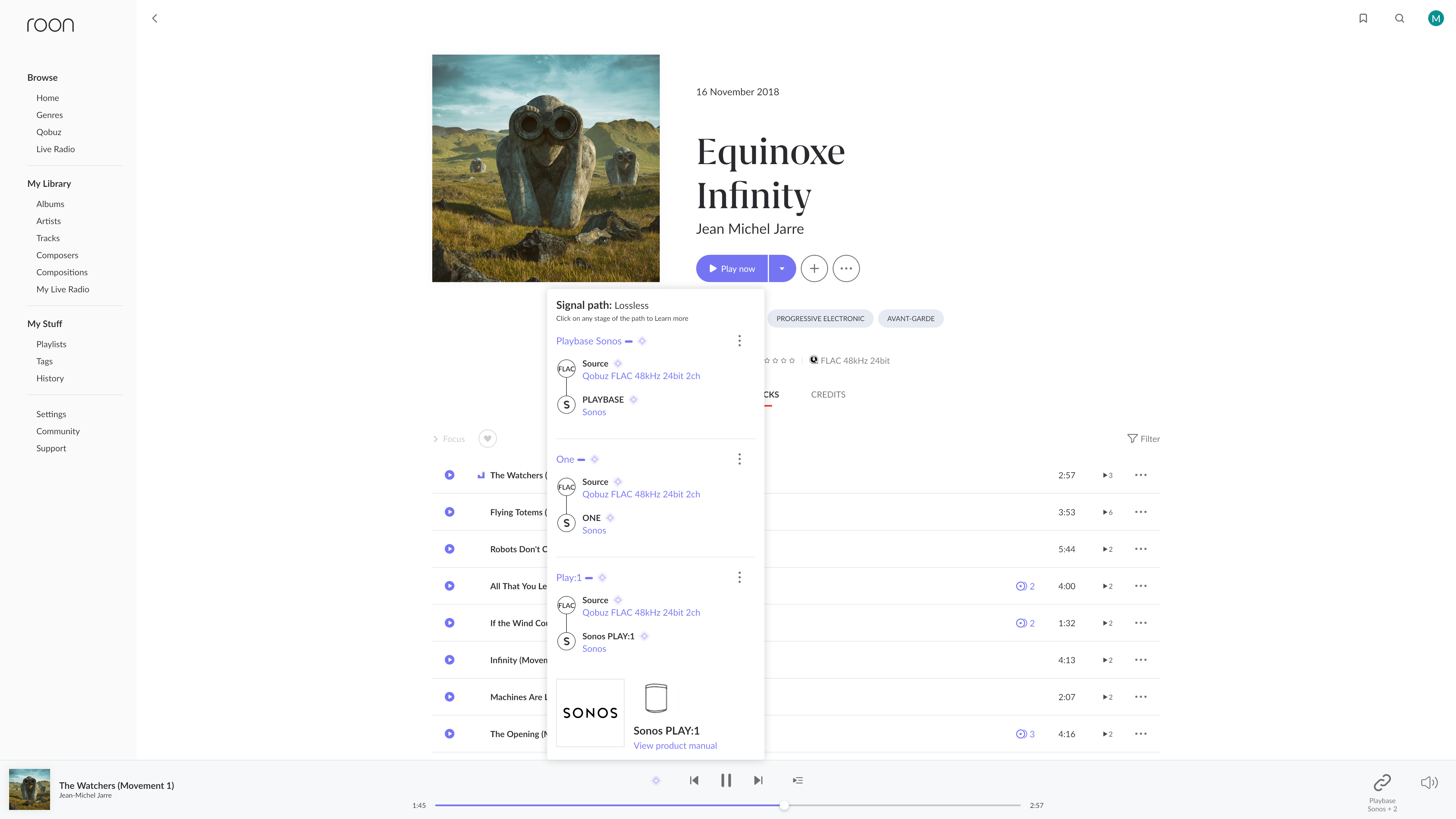There are several Sonos products supporting digital cable input (via Tos or HDMI). The following article lists Sonos speakers capable for playback of 48/24. Playbase is not listed :( https://blog.sonos.com/en-us/hi-res-audio-guide
Anyway, sorry for my question: I want to feed digital stereo 48/24 to Sonos, e.g. via HQPlayer, and group those with 48/24 capable Sonos speakers. Will this work out? Or is the digital input not capable of 48/24 AND sharing it to the other speakers? I assume the Tos Input from Playbase is not capable of doing so? Did someone try it already? Thank you



 In case you want to dig more into Airplay and Apple Music you may take a look here:
In case you want to dig more into Airplay and Apple Music you may take a look here: 